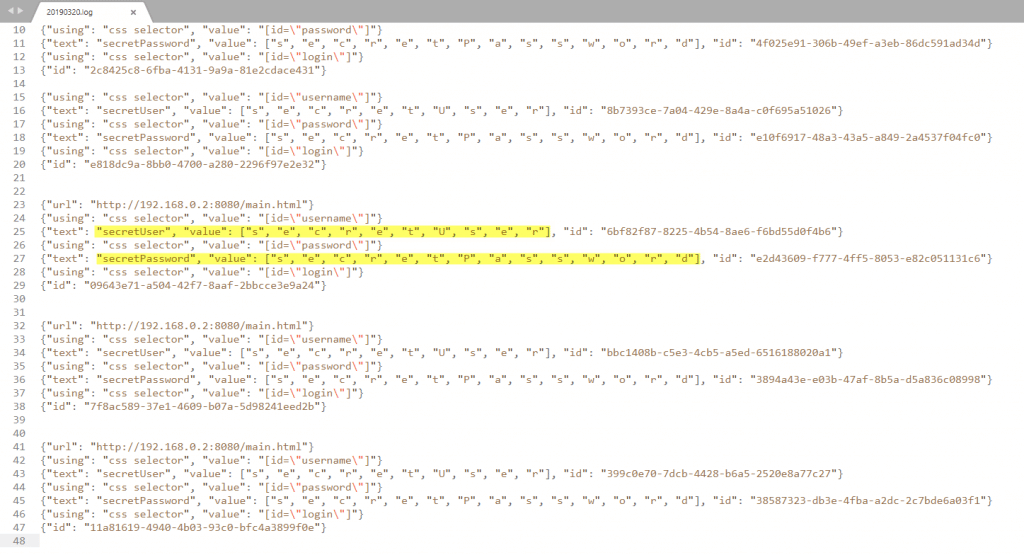

- THE LOGFILE CELLPROFILER ANALYST COULD NOT BE OPENED SOFTWARE
- THE LOGFILE CELLPROFILER ANALYST COULD NOT BE OPENED SERIES
- THE LOGFILE CELLPROFILER ANALYST COULD NOT BE OPENED MAC
THE LOGFILE CELLPROFILER ANALYST COULD NOT BE OPENED SOFTWARE
Free, open-source software packages such as ImageJ, CellProfiler, QuPath, Ilastik and many others have therefore become popular analysis tools used by researchers. Cost of these proprietary solutions can also limit accessibility, and their closed-source nature can obscure exactly how scientists’ data is being analyzed. These ecosystems are powerful but can lack the flexibility to work with data from other manufacturers’ equipment. Many microscopes are now sold with accompanying proprietary analysis packages, such as MetaMorph (Molecular Devices), Elements (Nikon), Zen (Zeiss) and Harmony (Perkin Elmer). Such analysis is best achieved through using software to perform automated detection of cells or organisms and extract quantitative metrics which objectively describe the specimens.

THE LOGFILE CELLPROFILER ANALYST COULD NOT BE OPENED SERIES
Scientists increasingly image cells in 3D or across time series this expanding bulk of raw data necessitates automated processing and analysis. The increasing use of automated microscopy now allows researchers to capture images of samples treated with many thousands of individual compounds or genetic perturbations. Image analysis software can allow scientists to obtain quantitative measurements from images that are otherwise difficult to capture via subjective observation. Microscopy can be used to capture images which contain a wealth of information that can inform biomedical research. This release will ensure that researchers will have continued access to CellProfiler’s powerful computational tools in the coming years. ConclusionsĬellProfiler 4 provides significantly improved performance in complex workflows compared to previous versions. We also evaluated performance and made targeted optimizations to reduce the time and cost associated with running common large-scale analysis pipelines. We introduced new modules to expand the capabilities of the software. Based on user feedback, we have made several user interface refinements to improve the usability of the software.

Herein we describe CellProfiler 4, a new version of this software with expanded functionality. CellProfiler is a free, open source image analysis program which enables researchers to generate modular pipelines with which to process microscopy images into interpretable measurements. With the expansion of high throughput microscopy methodologies producing increasingly large datasets, automated and objective analysis of the resulting images is essential to effectively extract biological information from this data. Note: All fields described in the sections below (after the properties file example) are required unless explicitly described as “optional.” In your own properties file, you would replace values surrounded with with the relevant information.Imaging data contains a substantial amount of information which can be difficult to evaluate by eye. Contact us on the CellProfiler forums if you need help with this. Note: CPA 2.0 is not compatible with properties files from CellProfiler Analyst version 1.0, but the two formats may be easily converted by hand.
THE LOGFILE CELLPROFILER ANALYST COULD NOT BE OPENED MAC
We suggest using Notepad on Windows, TextEdit on Mac OS, and Emacs on Linux. Note: When editing the properties file, it is important to use an editor that is capable of saving plain text.

Settings that require a file path may be specified either as absolute or relative to the directory that the properties file is found in. Lines that begin with a # are ignored by CPA and may be used for comments. Otherwise, you can create one manually, referring to the Properties_README or the example provided below as a template.Įach setting in the properties file is stored on a separate line in the form field = value(s), and the order of the settings is not important. If you use CellProfiler to produce the data to be analyzed in CPA, you can automatically generate a nearly complete properties file with, using the ExportToDatabase module. It is selected and loaded upon startup of CPA. This file can be stored anywhere on your computer. The properties file is a plain text file that contains the configuration information necessary for CPA to access your data and images.


 0 kommentar(er)
0 kommentar(er)
